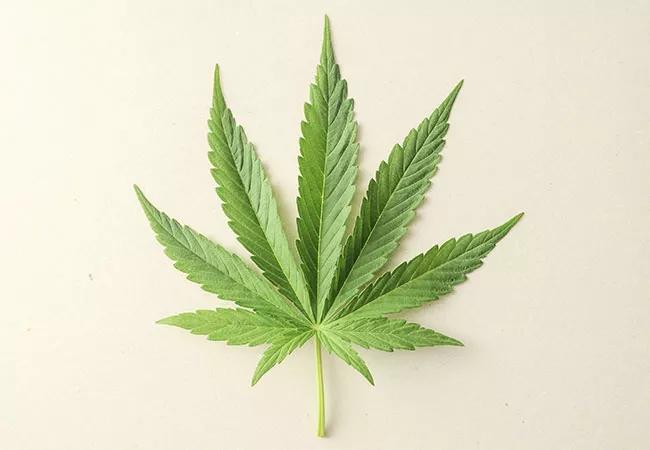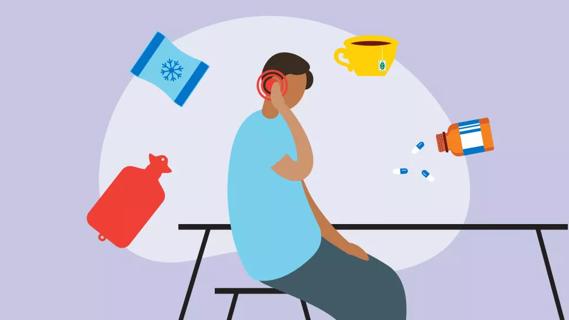Advertisement
A gastroenterologist explains the connection

“How often do I smoke it? Three times a day. Weed’s the only thing that helps my nausea,” the 24-year-old man who’s excessively vomiting tells his gastroenterologist.
Advertisement
Cleveland Clinic is a non-profit academic medical center. Advertising on our site helps support our mission. We do not endorse non-Cleveland Clinic products or services. Policy
The specialist orders a SmartPill® test to examine his GI tract. It’s normal.
The problem? It’s not a rare stomach-emptying disorder, like gastroparesis. It’s the marijuana.
Gastroenterologist Michael Cline, DO, explains that the problem’s called cannabinoid hyperemesis syndrome.
What is it? It’s repeated cycles of nausea and vomiting, often accompanied by so-called “hot water bathing,” or a compulsive need to take hot showers. That’s because the hot showers — which sometimes last for hours — are the only thing that relieves their GI symptoms, though exactly why this happens isn’t entirely understood (but it’s thought to have something to do with the hot temperature’s effect on the part of the brain called the hypothalamus).
Weight loss, abdominal pain and dehydration may also occur. This syndrome, first officially classified in 2004, is on the rise, says Dr. Cline, who now sees multiple patients a day with the marijuana-induced vomiting.
“We know that marijuana works in the brain to stop nausea and increase hunger,” Dr. Cline says. “But it can also be toxic and cause cannabinoid hyperemesis syndrome. We believe, though we don’t yet have research to support it, that marijuana actually slows gastric emptying, causing the GI problems.”
Advertisement
When your stomach can’t empty normally, food simply sits there. When it sits there too long, Dr. Cline says, it tends to come back up through vomiting.
Medical or recreational use? The result is the same.
“The real question is, ‘You have an underlying problem and you’re using marijuana to help it, but could it really be hurting you?’ That’s a big question. And there’s no way currently to test for what range is therapeutic and what’s toxic,” Dr. Cline says.
Symptoms of cannabinoid hyperemesis syndrome typically ease in no more than 48 hours, if no additional marijuana is used.
But a brief hospital stay might be needed to get IV fluids to treat dehydration. And if someone has a difficult time stopping marijuana use, a drug treatment program may be needed.
Dr. Cline says more awareness of the connection between marijuana use and vomiting is needed — both in the public and the medical community.
“Doctors need to ask about marijuana use to avoid expensive testing and more promptly get to the root of a patient’s vomiting problem,” he says. “And patients need to be honest with their doctors about marijuana use, so they can get the relief they need.”
Advertisement
Learn more about our editorial process.
Advertisement

Keeping a food journal and working with a dietitian or allergist is more accurate and beneficial

Irritable bowel syndrome has many signs, but lower abdominal pain, constipation and swelling may mean you should see a healthcare provider

Experiment with numerous dairy alternatives or try taking a lactase enzyme medication before you eat dairy

Lactose is difficult to breakdown and digest because of its complexity

Try sitting in a sitz bath or taking psyllium husk to help relieve symptoms

While all three are different, they’re also closely related

There isn’t any scientific proof that the tangy liquid offers relief for GERD symptoms

Because of a lack of research and possible side effects, cannabis isn’t recommended to treat mental health disorders

Not all ear infections need antibiotics — cold and warm compresses and changing up your sleep position can help

A glass of lemon water in the morning can help with digestion and boost vitamin C levels, and may even help get you into a better routine